Moses Narboni’s Commentary on Ibn Tufayl’s Ḥay ibn Yaqzan
Solomon Norzi
1527
Image
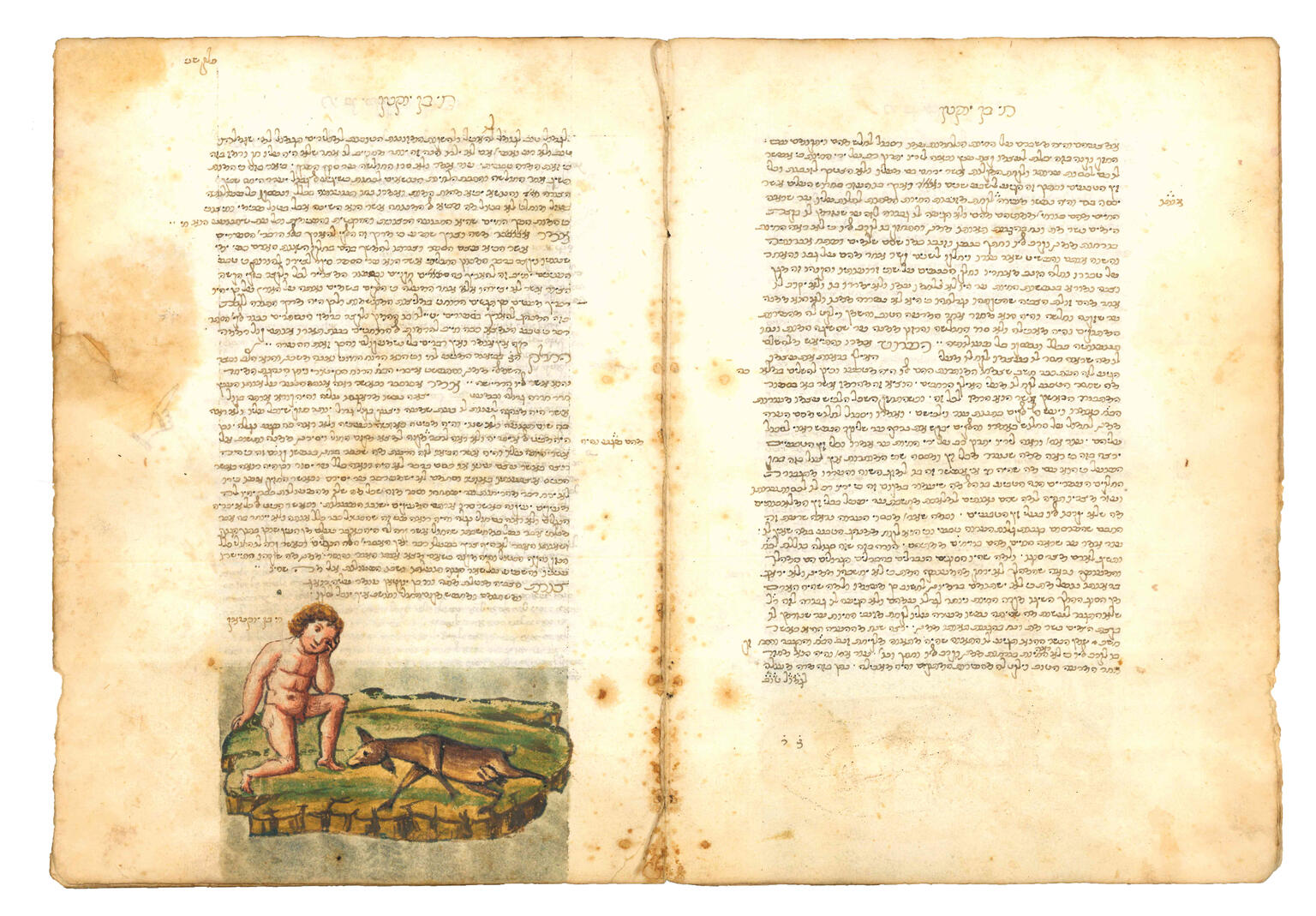
Engage with this Source
Restricted
Image
Language:
Places:
Related Guide
Early Modern Italy: Where East and West Meet
1500–1750
Ashkenazim, Sephardim, and Marranos encountered each other in Italian cities, developing community structures that later influenced Jewish communal organization throughout the western world.
Related Guide
Early Modern Visual and Material Culture
1500–1750
Early modern Jewish visual culture flourished, with illuminated manuscripts, ornate synagogues, and portraiture alongside increasing non-Jewish interest in Jewish customs and greater Jewish self-representation.
Creator Bio
Solomon Norzi
Solomon Norzi was a member of a family that originated in Norcia, Umbria and lived in various Italian cities. Members of this family included central figures in the Mantua Jewish community and prominent rabbinical scholars.
You may also like
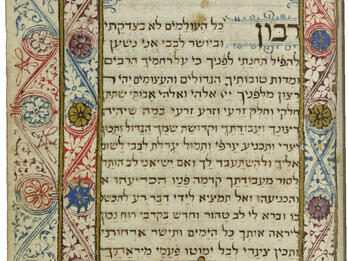
Maḥzor
This maḥzor (holiday prayer book), containing the Jewish prayers according to the Italian rite, was written by the scribe Eliezer ben Abraham of Pisa, for Yema, the widow of Moses of Modena (referred…
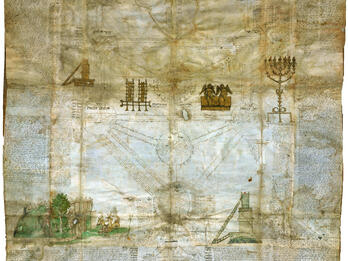
Sefirotic Tree
Kabbalist Elijah Menaḥem ben Abba Mari Ḥalfan constructed this diagram, now stained and torn, with the assistance of his tutor Abraham Sarfati. It depicts the sefirotic system and includes Ḥalfan’s…
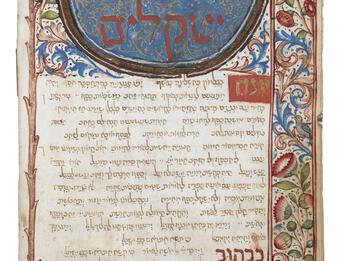
Maḥzor for the Rite of Carpentras
This maḥzor (holiday prayer book) contains the festival prayers for the whole year, according to the rite of Carpentras, and was copied in Provence. The Jews of the former papal territory of Comtat…
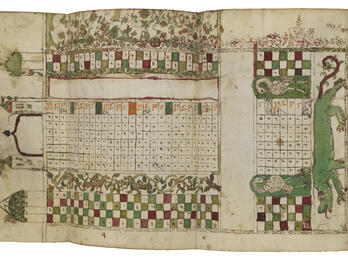
Foldout Calendar
This foldout calendar is a beautifully illuminated feature that appears in a sefer ‘evronot. Works of this genre were Jewish calendar handbooks for calculating the dates of religious holidays and…
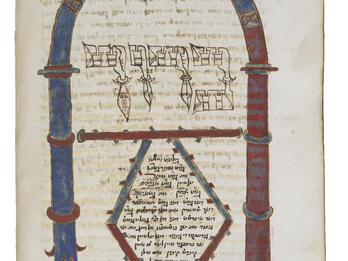
Maḥzor
This magnificent maḥzor (holiday prayer book) was copied—and most likely decorated—by the scribe Isaac bar Mordechai ha-Kohen (Isaac Lankosh of Kraków). (In several places, the name “Isaac” has…
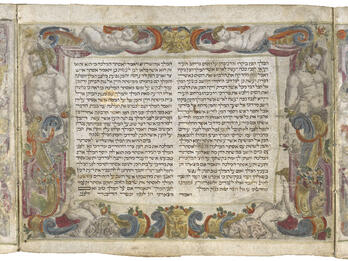
Scroll of the Book of Esther
Like Torah scrolls, the scroll of the biblical book of Esther, read ritually in the synagogue on the holiday of Purim, must be completely unadorned. However, in the sixteenth century, for reasons…

